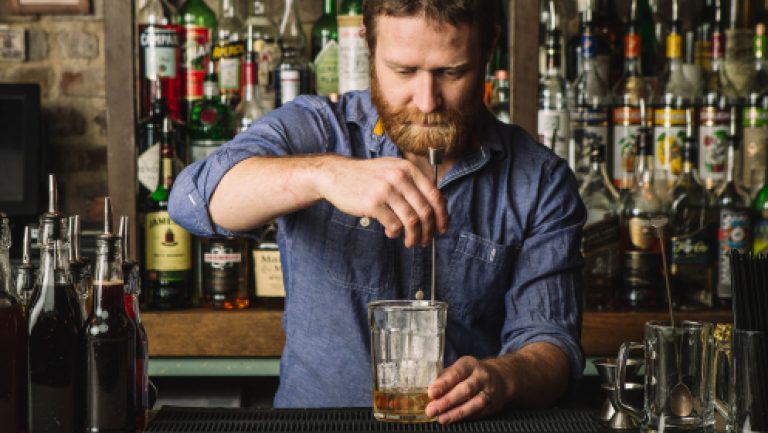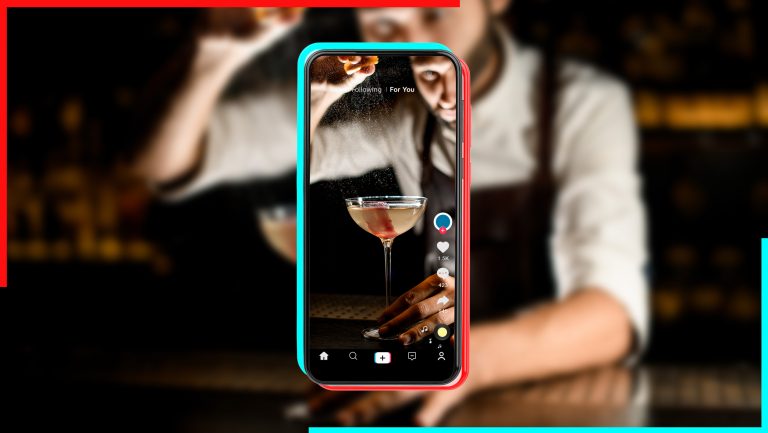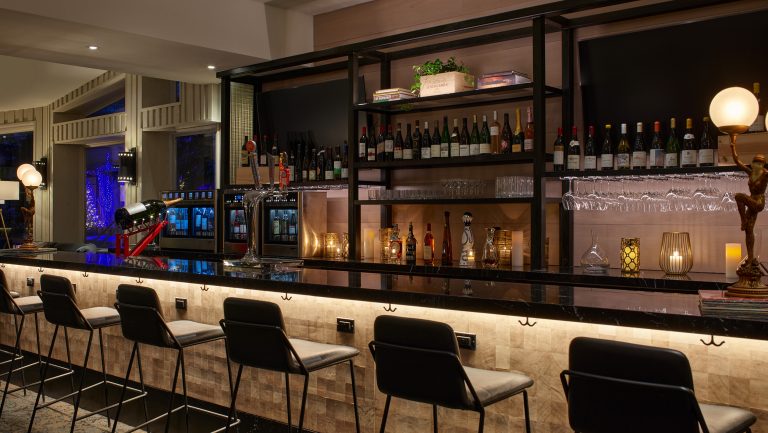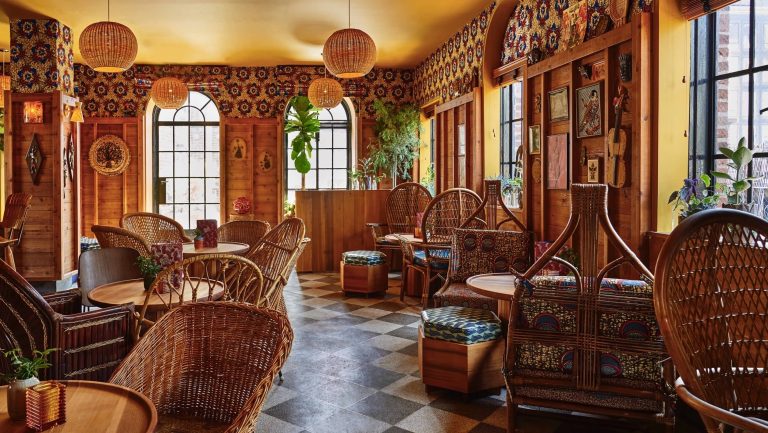When Jim German, the cofounder and creative director of Passatempo Taverna in Walla Walla, Washington, serves you one of his magenta-hued cocktails, it’s hard to believe that just a few dashes of bitters can create something so visually arresting. Bitters are often seen as an essential element in a cocktail’s chemistry, and many bartenders nowadays reach beyond their utilitarian function by making their own versions. They’ve found not only that house-made bitters can infuse cocktails with memorable flavors, colors, and locally sourced ingredients but that they can also help cut some costs.
Mike Di Tota, the general manager and bar director at The Bonnie in Queens, New York, was studying horticulture at the New York Botanical Garden and bartending at Sweet Afton in Astoria when he began experimenting with bitters. “Bitter as a flavor profile helps balance out sour and sweet,” he says, “which are the two major components of cocktails.” Quality control has played heavily into his decision to craft his own bitters. “If we want something with fuller flavor, we can tweak it,” he says. “We can go back, look at the actual recipes and say, do we want a little bit more cardamom in it, do we want something with a little bit more hops, does it need to be a little bit more fruit forward?” Currently, Di Tota makes seven to eight varieties of bitters and rotates flavors seasonally.
As terroir gives wine a sense of place, bitters can tell a bigger story about a bar or restaurant’s surroundings. While Jeremy Meyer, the general manager at Lotus Lounge in Flagstaff, Arizona, primarily purchases his bitters, he enjoys making one or two types himself with local ingredients. “We have an apothecary right across the street from our restaurant that has all these ingredients from the [Navajo] reservation,” he says. “We can’t find gentian root out here, but we can find osha root,” which, he says, Native Americans in the Southwest use to treat respiratory ailments. “It’s kind of similar in flavor, but [associated] with more medicinal properties.”

Don’t miss the latest drinks industry news and insights. Sign up for our award-winning newsletters and get insider intel, resources, and trends delivered to your inbox every week.
Christina Cabrera, the beverage director at Gertie’s Bar at The 404 Kitchen in Nashville, bagan making her own bitters when she was inspired to create flavors she couldn’t find anywhere else. But in addition to giving her a unique bitters “palette” to work with, she found that homemade bitters were much more economical. “A really good [bottle of] bitters will run you about $18 to $22 for four to five ounces,” she says. “For [Gertie’s] chocolate salt bitters … I usually make about 64 ounces at a time.” Cabrera estimates the total cost runs her about $40. She uses those bitters in her Bring It On Home cocktail, which she describes as her take on an espresso martini. Each Bring It On Home takes only four or five dashes of the bitters, she says, so her batch “will last a good four to five months, easy.”

Making bitters, however, can be time intensive, often requiring at least two weeks for production. While a lot of that time is steeping, says Di Tota, some is devoted to sourcing the ingredients, prepping them, tasting the mixture, experimenting, adjusting, and then bottling the bitters. The cost of the ingredients for a batch may be cheap compared with what it costs to buy individual bottles of commercial bitters, but the undefined cost of labor should be factored in to the comparison.
As for German’s vibrant-colored sippers, which feature the blood orange and hibiscus bitters he began concocting 10 years ago, he says the hue has become a signature for him: “People remember it.” Beyond making his cocktails memorable—and these days, Instagram-worthy—German says he takes pride in making something that people enjoy and providing his guests with a uniquely flavorful experience.

Dispatch
Sign up for our award-winning newsletter
Don’t miss the latest drinks industry news and insights—delivered to your inbox every week.
Shana Clarke is a wine, sake, and travel writer, and the author of 150 Vineyards You Need To Visit Before You Die. Her work has appeared in Saveur, Fortune, NPR, Wine Enthusiast, and Hemispheres. She was shortlisted for the Louis Roederer 2020 International Wine Writers’ Awards and ranked one of the “Top 20 U.S. Wine Writers That Wineries Can Work With” by Beverage Trade Network in 2021. She holds a Level 3 Advanced Certificate from Wine & Spirit Education Trust and is a Certified Sake Sommelier. She will always say yes to a glass of Champagne. Learn more at www.shanaspeakswine.com and follow her @shanaspeakswine.







